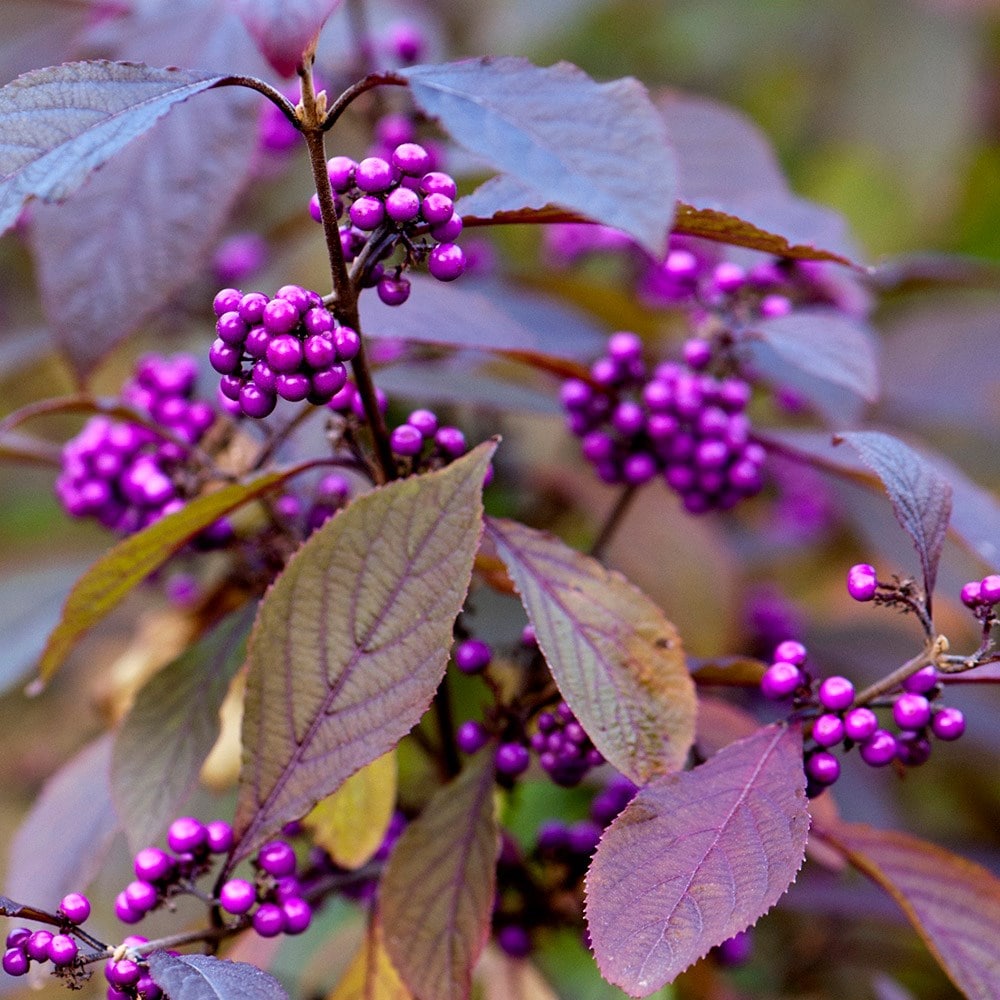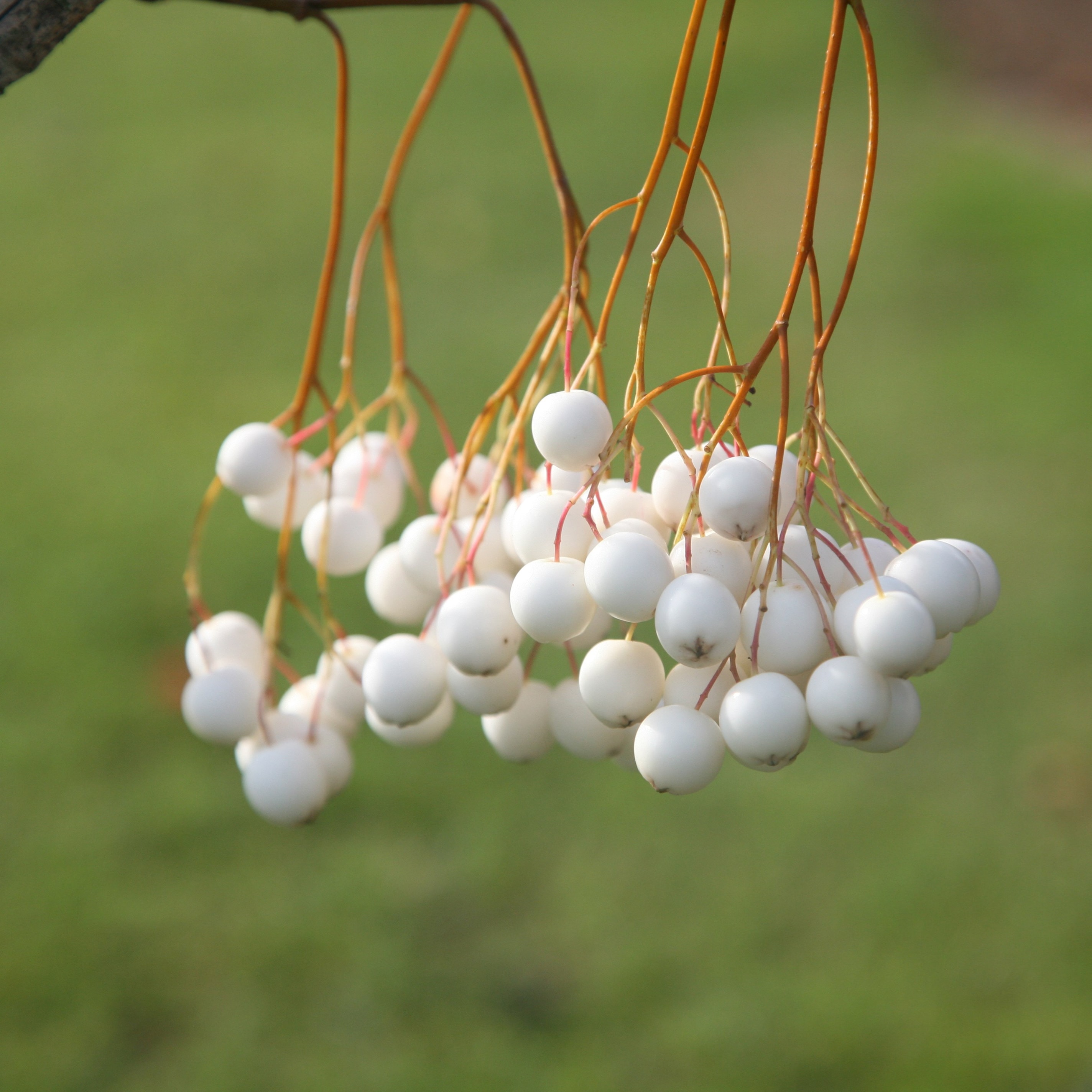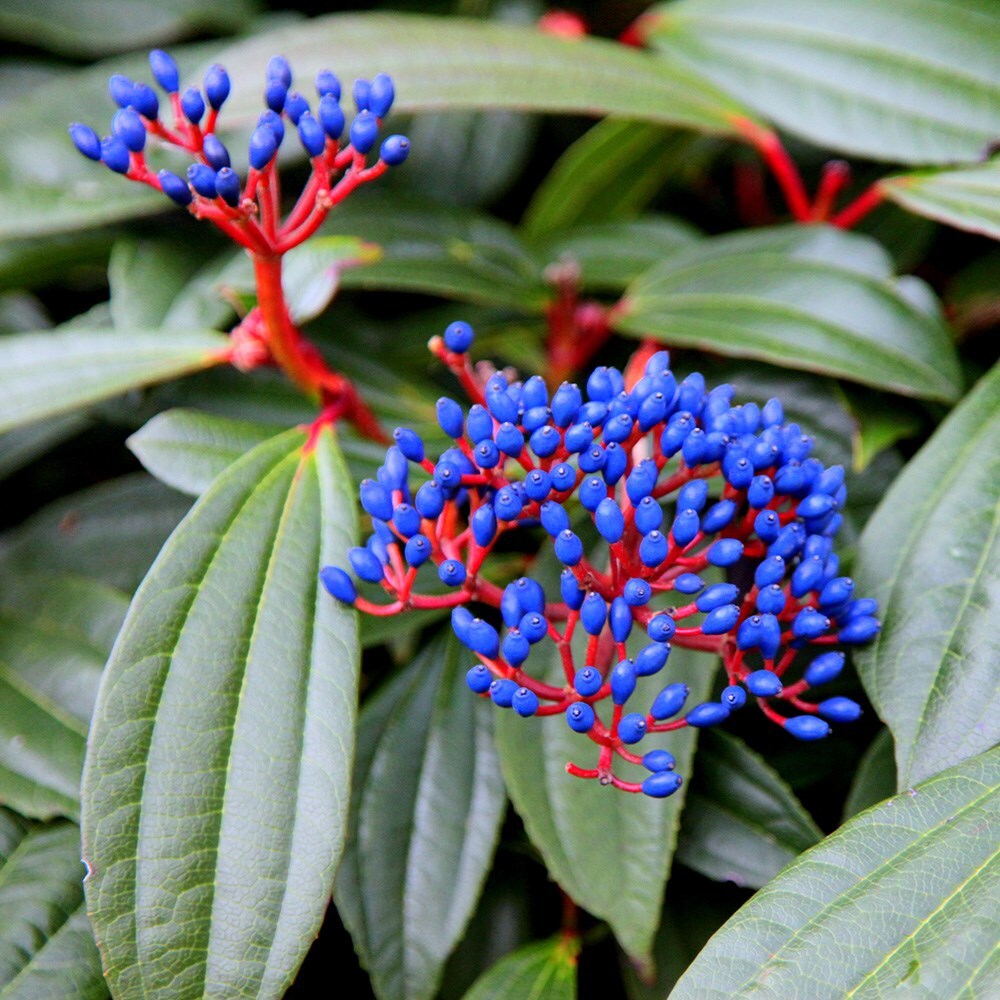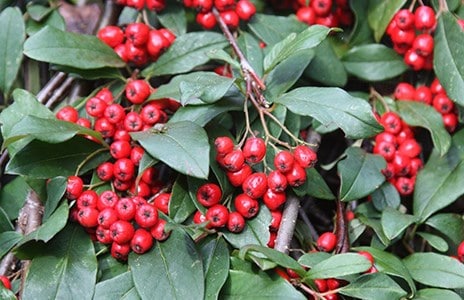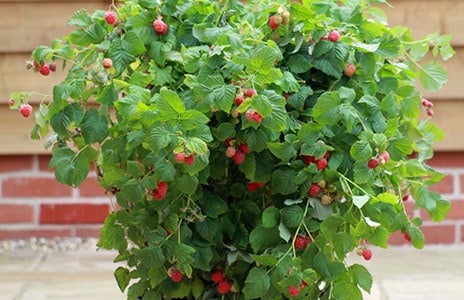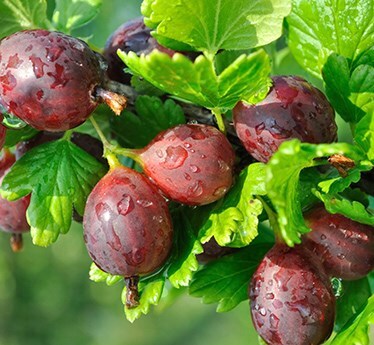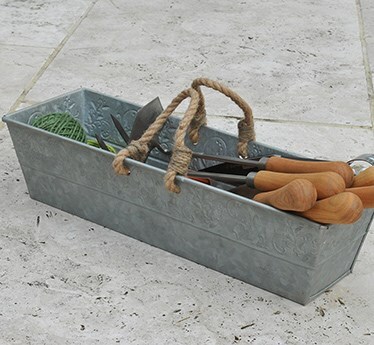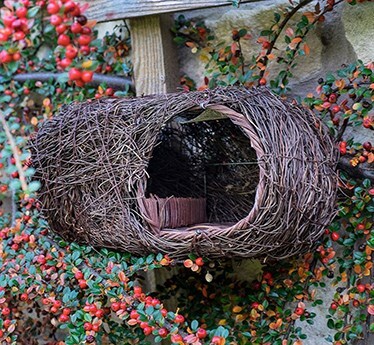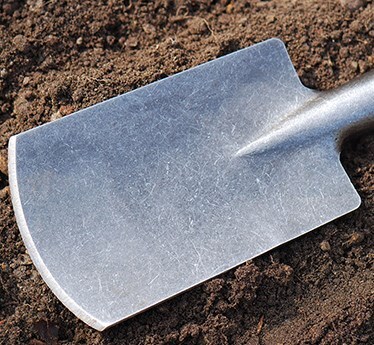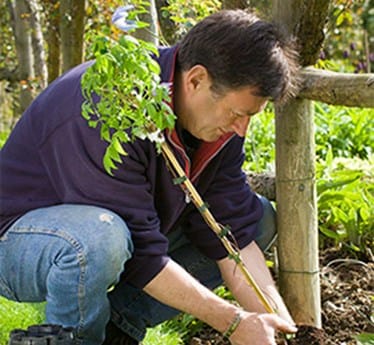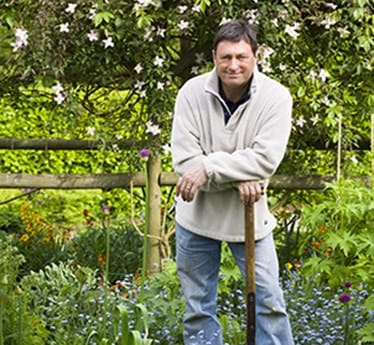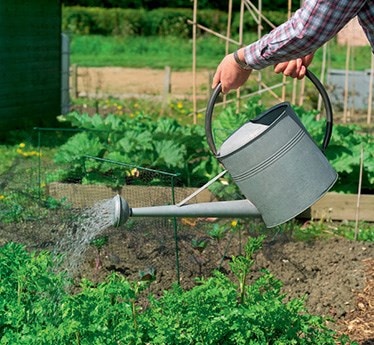Bountiful berry bonus
Berries are such a lovely bonus in the garden at this time of the year – adding colour and interest, as well as attracting wildlife.
In autumn, they are a vital food source for birds and other animals, so they can fatten-up for migration or hibernation. As an organic gardener, I aim to include as many berry-producing plants as I can. How long the display lasts will depend on the prevailing weather conditions as well as the plants you choose.
For the longest-lasting display of berries you have to choose the right plants. Some, such as the ever-reliable Cotoneaster horizontalis, have berries seemingly super-glued to the branches, so that they are left by the birds until there’s little else in the garden to eat. Others, like the superb Pyracantha Saphyr series, produce fruit in such abundance that the neighbourhood flocks can gorge themselves and still leave enough for a decent display. With luck, you’ll spot blackbirds, finches, robins, starlings, thrushes and many more.
Choosing berried plants Deciding which berry-bearing plants to choose for your garden will depend on the main role you want them to play. If it is to provide a tasty snack for garden wildlife, you’ll have to accept the display will dwindle fairly quickly as the birds and other animals take their fill. However, if you want berrying plants to provide a longer season of interest through the dull winter days, then you’ll have to select plants that hang on to their crop for many weeks, even months.
In autumn, they are a vital food source for birds and other animals, so they can fatten-up for migration or hibernation
Top Berry picks
Callicarpa bodinieri var. giraldii Profusion
2 litre pot
Offer was £26.99 £16.19
In stock (shipped within 2-3 working days)
Cotoneaster horizontalis
2 litre pot
Offer was £19.99 £11.99
In stock (shipped within 2-3 working days)
Euonymus europaeus Red Cascade
2 litre pot
Offer was £22.99 £18.39
In stock (shipped within 2-3 working days)
Ilex aquifolium Argentea Marginata
3 litre pot
Offer was £38.99 £31.19
In stock (shipped within 2-3 working days)
Sorbus cashmiriana
12 litre pot | 1.6m tall
Offer was £129.99 £103.99
In stock (shipped within 2-3 working days)
Berries made easy
When choosing berry-bearing plants, don’t be seduced by colourful images in gardening catalogues and on plant labels, since some berry producers make rather dull shrubs at other times. Even when in fruit, they may be a disappointment since the pictures can over-exaggerate their best features. No, the key is to research any plants you don’t know before you buy, using reliable sources, such as a good encyclopedia or gardening website. Bear in mind that some berry-producing shrubs, such as viburnum and skimmia, produce male and female flowers on different specimens and only fruit reliably where both are planted nearby. So check this out too.
Fortunately, there are many berry-productive shrubs which do make handsome garden plants - with a few offering spectacular flowering displays. For example, the guelder rose (Viburnum opulus) is smothered by fragrant white flowers during early summer, followed by luscious, translucent red berries that last from September to December, just as the leaves turn spectacularly to yellow. Several roses also fall into this category, with Rosa moyesii ‘Geranium’ having the prettiest, slender, scarlet, vase-shaped hips, preceded by single, deep-crimson flowers in June. Or you could try Rosa rugosa ‘Alba’ or ‘Rosa’ which produce single white or carmine-pink flowers (respectively) throughout late summer, followed by plump, tomato-shaped, orange-red rose hips during the autumn. Other features worth looking out for include a compact habit, handsome, evergreen or colourful foliage and good autumn colour, for that year-round appeal.
Fortunately, there are many berry-productive shrubs which do make handsome garden plants - with a few offering spectacular flowering displays
Berried plants for wildlife
All berry-bearing plants will be beneficial for wildlife and will encourage autumn and winter visitors to your garden.
For irresistible bird appeal, pyracantha ticks all the boxes. However, it’s a good idea to combine several plants that will provide food over an extended period.
If you have the space, for example, you could try Sorbus aucuparia and pyracantha for an early autumn feast, followed by Ilex aquifolium ‘Argentea Marginata’ and cotoneaster which will provide a meal-ticket over the winter months. In my garden, I’ve planted a mixed hedge of berried shrubs and trees including Rosa rugosa, hawthorn, mountain ash, berberis, spindle tree and crab apple to provide autumn and winter sustenance, as well as, suitable cover for nesting sites in the spring.

